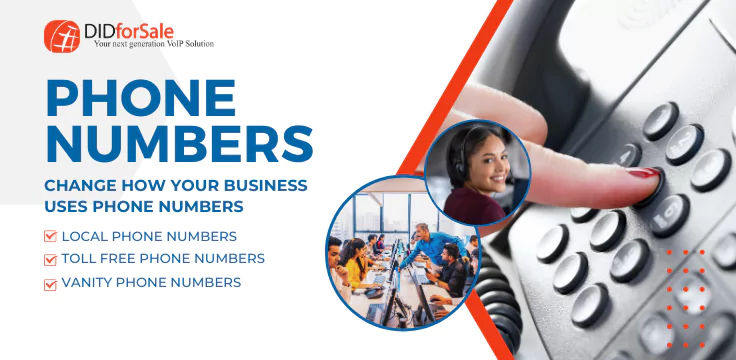VOIP is certainly one of the twenty-first-century technologies that helped change the way people communicate. Gone are the days when one has to rely on phones and pay hefty fees for long-distance calls. In fact, VOIP has made talking so easy and convenient it caused the loss of thousands of subscribers of regular phone companies. In 2008, firms such as Verizon, AT&T, and Qwest, let go of close to twenty million consumers, while VOIP providers experienced a boost of around 14 million. It also caused the popularity of companies such as TimeWarner, Comcast, and Cablevision.
How it works?
Usually, when one speaks of cable, he immediately thinks about television. Cable is a type of setup where signals are delivered through cable wires. Televisions are able to provide you with plenty of channels because there’s a “lot of room” in every cable network. Each television signal may be allocated with around 6 megahertz, but coaxial cables can deliver hundreds of megahertz signals.
The “extra space” also allows these cable companies to offer more than just TV channels to their customers. They are able to include cable Internet and later on VOIP to their bundles. Because of the very high bandwidth, connection isn’t only fast, but the quality of audio in VOIP is considered to be top-notch. With the use of cables, VOIP users no longer have to open their computer and connect their network to the Internet. The setup includes a modem with ports you can directly attach to your telephone. Therefore, It is considered as one of the best VoIP system in the world.




